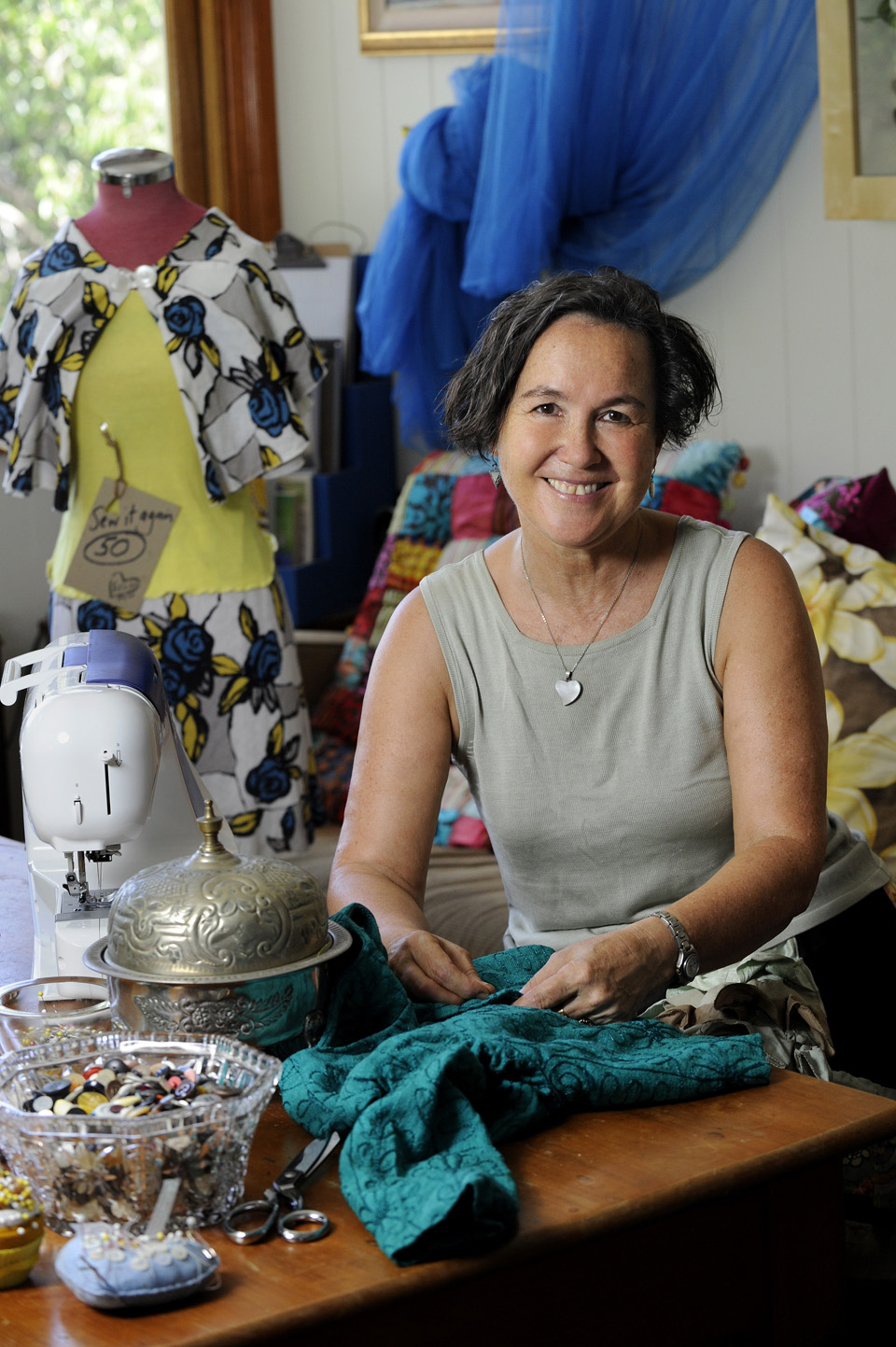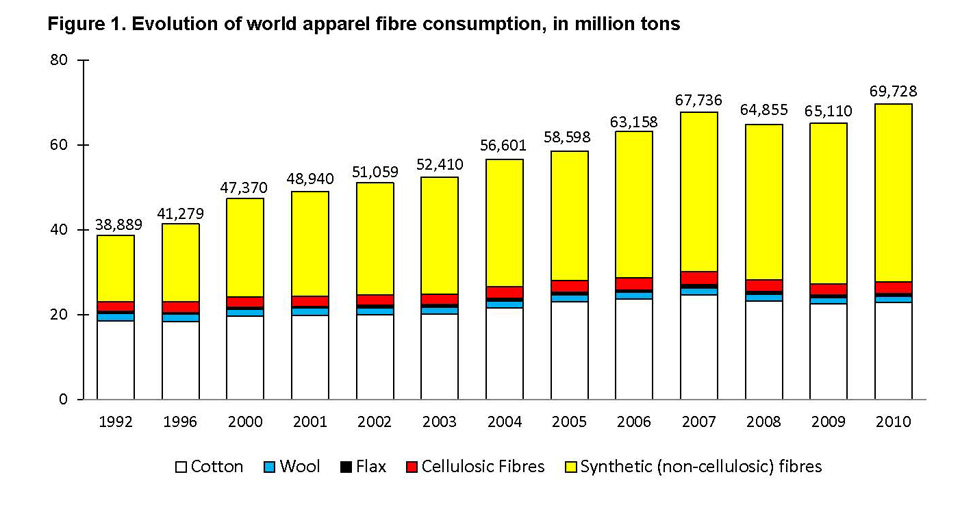 Most of us are materialistic by nature. We like stuff that is useful, pretty, holds memories, provides comfort, brings status, or appeals in some other way.
Most of us are materialistic by nature. We like stuff that is useful, pretty, holds memories, provides comfort, brings status, or appeals in some other way.
It is the ability to imagine how new things might change our lives that drives us to acquire them. New Scientist magazine’s March 29 feature The Meaning of Stuff described this as transformation expectation, imagining how it may enhance and somehow make things better.
But being more mindful about consumption – of food, energy, clothing, technology, sweet stuff – leads to better outcomes for ourselves and the planet. For example, use of apparel fibre has increased by 80 percent in the past two decades, three times the rate of population growth, according to the table below from a 2013 FAO World Apparel Fibre Consumption Survey. The report is written from a consumption perspective on recession impacts but can be interpreted as an overall warning because per capita consumption between 1992 and 2010 ballooned from 7kgs up to 11kgs of fibre per person per year. This is unsustainable.
Most of the increase has been synthetic fibres made from petroleum rather than natural fibres. While both consume resources in their production, natural fibres retain integrity and are more readily recycled.
We need a different response to business-as-usual when the latest Intergovernmental Panel on Climate Change report involving 1729 expert and government reviewers distilled by 436 contributing authors states that climate change is happening. IPCC Working Group II co-chair Dr Chris Field told the ABC’s 730 Report: “The impacts of changes that have already occurred are widespread and consequential … and the risks of impacts that are severe, pervasive and irreversible is much greater if we stay on a path of continued high emissions.”
We often think small actions we take as individuals cannot have much impact but it is the collective result of many small actions that make a difference. The global Fashion Revolution is inspiring ethical, environmental and social change in the way we engage with clothes. As consumers, we need to be curious, ask questions, find out where clothes are made, after the Rana Plaza clothing factory collapse in Bangladesh last year killed 1133 garments workers and exposed the dark underbelly of global fashion supply chains.
These big-picture realities of changing climate, increasing demands on limited resources and the ugly side of cheap fast fashion collectively sparked the Sew it Again project this year, demonstrating and sharing creative ways of upcycling existing natural fibre clothing instead of dumping them and buying new.
Jane Milburn is reviving old-fashioned sewing skills, applying creativity, personal energy and time to upcycle wardrobes of clothing rescued from op shops because she values them as natural resources worthy of respect. The purpose of this creative journey is three-fold:
- Demonstrating by upcycling every day on sewitagain.com
- Empowering others with skills and creative ideas through workshops and talks
- Shifting society’s thinking about ecological impacts of clothing choices
The project is not just about making clothes, it is a leadership initiative sparked as a direct result of a Graduate Certificate (Australian Rural Leadership) with the Australian Rural Leadership Foundation and James Cook University.
